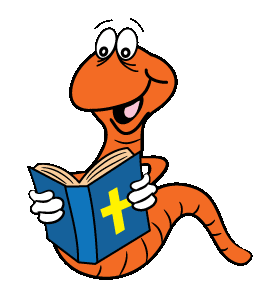Bible Recommendations for Children and Sunday School
and Presenting Bibles to Children

This topic is organized "oldest posts first." Scroll down for the latest suggestions from our members.
Please offer your recommendation for Bibles for children. List title, publisher, age group, and WHY you think it is a good recommendation.
Please also share how you "present" Bibles to children.
See the "related links" below for "Storybook" Bible topics.
Weblinks tend to go out of date, as do some products, but many of the really good Bibles for children stick around. The Christian publishing world also comes up with new formats built around popular translations. The following discussion reflects both newer and older recommendations.
Point of view:
While most churches have a "preferred" or "approved" version of scripture they want Sunday School to use, today's Sunday School teachers are taking advantage of a wide variety of published Bibles and Bible storybooks. Most Sunday Schools end up creating a "library" of Bibles and storybooks to draw upon. And some are introducing digital Bibles in their lesson repertoire -- which in the "Age of the Smartphone" and web-based learning is a great idea.
While many "kids" Bibles are indeed more readable, it must be noted that some publishers of children's "Bibles" will sometimes "iron out" the apparent ambiguities of the original text and write it the way they think it makes sense, without telling the reader that they are offering an opinion, a paraphrase, rather than a translation.
For example, the publishers of the New Living Translation "ironed out" an important ambiguity in the story of Zaccheus --in favor of making the reading more clear to children. However, that's called "paraphrasing" and "clear" is not always biblical. Several of the NLT's changes in the story change where key dialog is being spoken and who is there to hear it. See Rotation.org's Writing Team discussion of this translation issue in the story of Zaccheus here in this post following the Team's Zaccheus Bible Background. In fact, there are THREE CHANGES that the NLT makes to the story of Zaccheus that are not part of the NRSV or NIV's more accurate translation.
 RELATED TOPICS
RELATED TOPICS
"Storybook" Bibles for Older Children, for Younger Children


